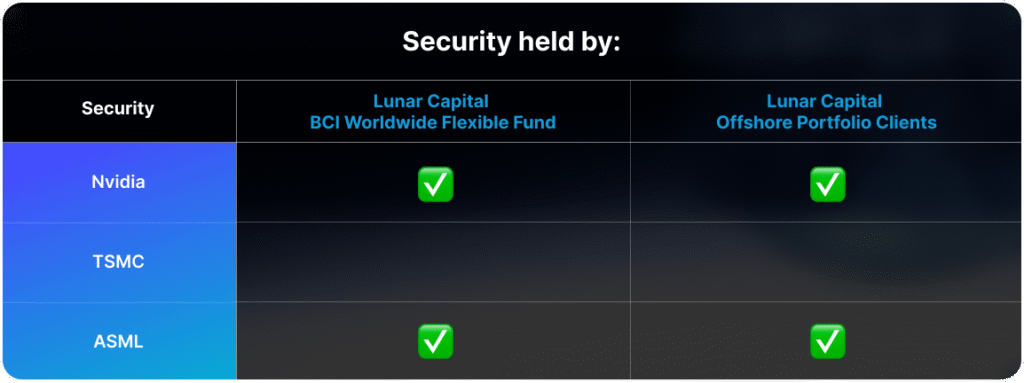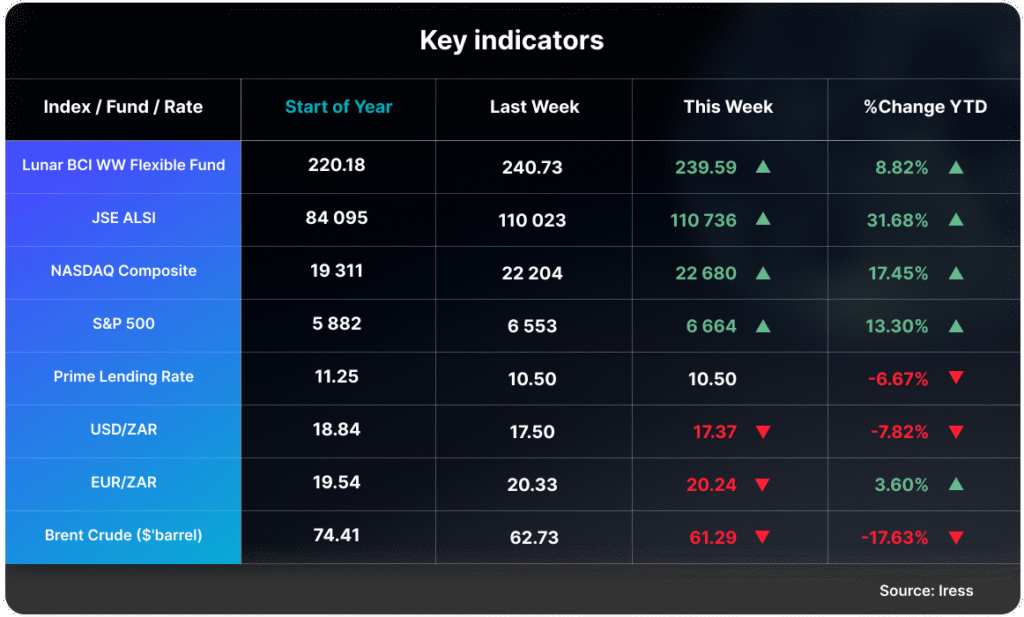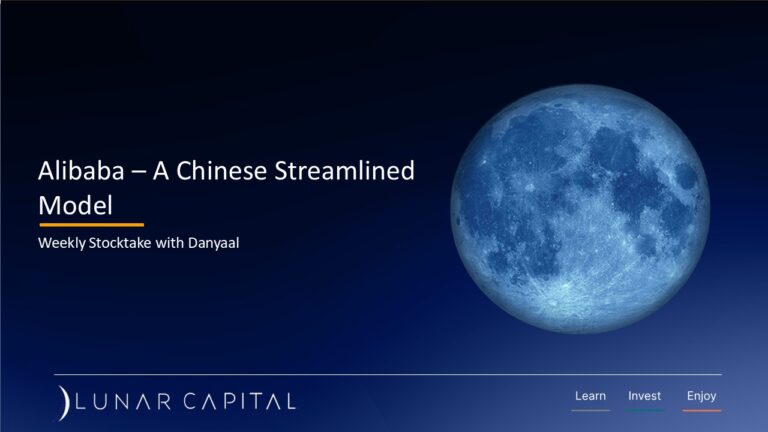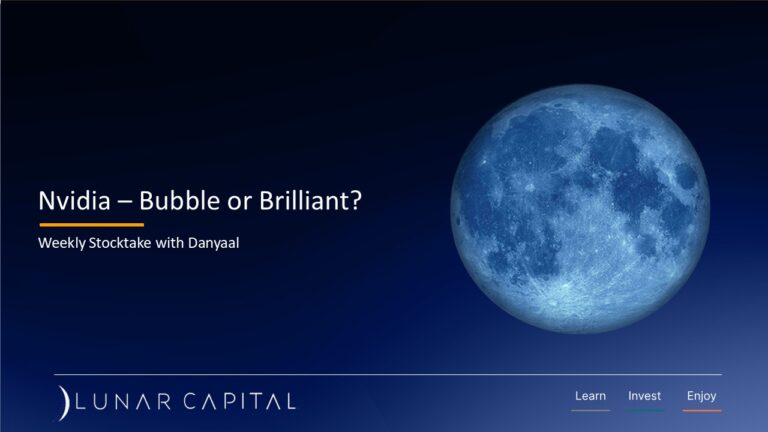Two significant but often overlooked companies in the AI space released their quarterly results last week: ASML, based in the Netherlands, and TSMC, headquartered in Taiwan.
While companies like Nvidia design the semiconductors (chips) used to train and run AI workloads, TSMC is the manufacturer behind those chips. TSMC produces over 90% of the world’s most advanced semiconductors. Meanwhile, ASML builds the highly specialized lithography equipment used in TSMC’s fabrication plants. ASML holds an effective monopoly in this niche, making it a critical player in the semiconductor supply chain.
TSMC Q3 2025 Highlights
- Revenue: $33.1 billion, up 39% year-over-year
- Gross Margin: 59.5%
- Operating Income: $16.7 billion, also up 39% year-over-year
TSMC noted that its capital expenditure (capex) is growing at a slower pace than its expected revenue growth. This strategy is aimed at maintaining strong profitability and returns on invested capital.
ASML Q3 2025 Highlights
- Revenue: €7.5 billion, up 1% year-over-year
- Gross Margin: 52%
- Operating Income: €2.5 billion, up 1% year-over-year
Despite ASML’s equipment being essential to TSMC’s operations, its revenue growth hasn’t mirrored the sharp increases seen at Nvidia and TSMC. This is because demand for ASML’s products tends to lag, depending on the progress of fabrication plant construction. TSMC has signalled a need to expand capacity, but these are complex, multi-year projects prone to delays. ASML’s revenue has historically been lumpy, with periods of stagnation followed by sudden spikes.
ASML is also working to strengthen its supply chain, having faced component shortages in 2022. The company relies on several key suppliers for parts used in its lithography machines and is focused on ensuring smoother delivery and production cycles.
ASML and TSMC prudently manage their capital expenditure to preserve cash and protect their margins.
Looking Ahead: 3D Integration
The semiconductor industry is moving toward 3D integrated circuits, which involve stacking chiplets vertically. This architecture offers higher performance and better integration. ASML highlighted that its 3D packaging equipment has delivered up to 4x productivity improvements compared to previous generations.


Click here to access your account to view statements, obtain tax certificates, add or make changes to your investments.
Our email address is: [email protected]
Disclosures
Lunar Capital (Pty) Ltd is a registered Financial Services Provider. FSP (46567)
Read our full Disclosure statement: https://lunarcapital.co.za/disclosures/
Our Privacy Notice: https://lunarcapital.co.za/privacy-policy/
The Lunar BCI Worldwide Flexible Fund Fact Sheet can be read here.
This stocktake is prepared for the clients of Lunar Capital (Pty) Ltd. This stocktake does not constitute financial advice and is generated for information purposes only.





